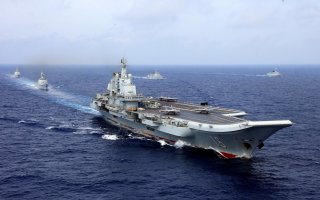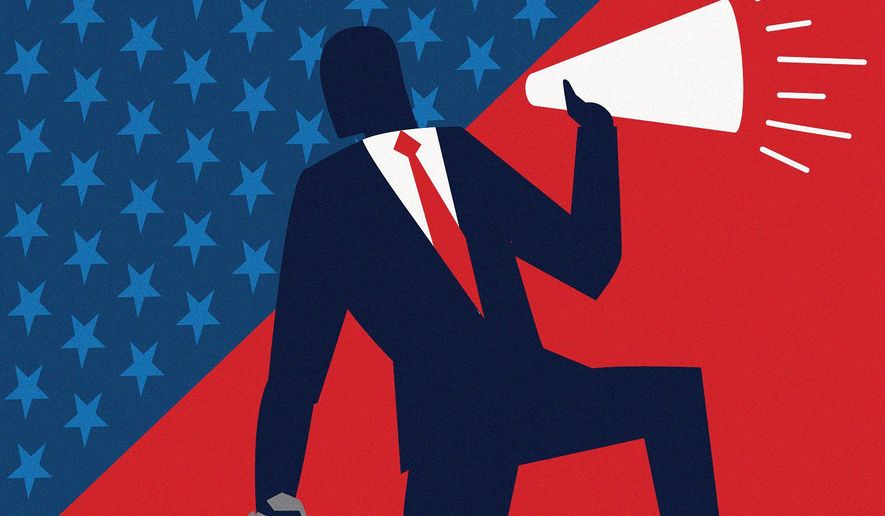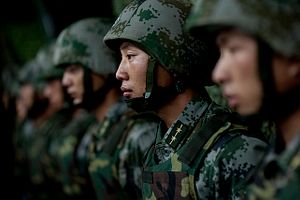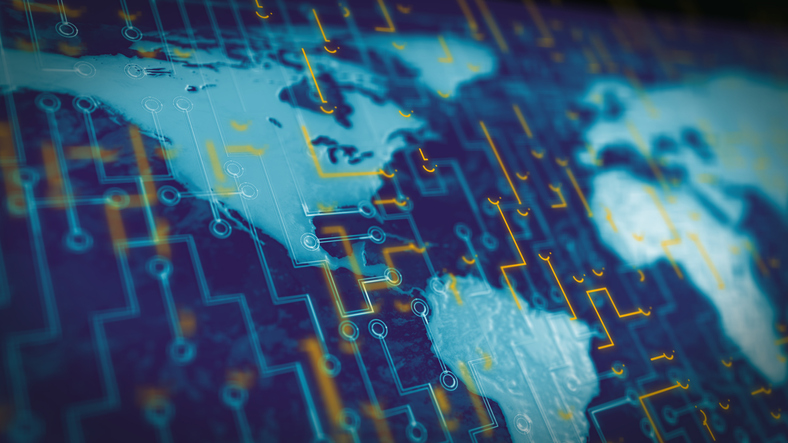 China's rapid pace of dam constructions that includes at least eight new ones on the Brahmaputra River in Tibet has sparked concerns about the Chinese attempting to tame India's water supply. The proposed dams on the Yarlung Tsangpo river in Tibet are close to the Indian border in Arunachal Pradesh.
China's rapid pace of dam constructions that includes at least eight new ones on the Brahmaputra River in Tibet has sparked concerns about the Chinese attempting to tame India's water supply. The proposed dams on the Yarlung Tsangpo river in Tibet are close to the Indian border in Arunachal Pradesh.
In this region, the Chinese have managed to construct three dams within a distance of 24 km on the Brahmaputra River over a period of 10 years. This construction of dams at an unprecedented pace and scale has taken place in Tibet's Sangri Lokha. Construction of a similar 'triplet dam' has been observed on the Nyang river near the town of Nyingchi in Tibet's Nyingchi county.
Lokha, also known as Shanan lies in the northeast of Bhutan and south of Lhasa while Nyingchi is further east, both bordering Arunachal Pradesh.

















/cloudfront-us-east-1.images.arcpublishing.com/mco/WZQT4LM52BBTLBWXAKJFSWIGJU.jpg)